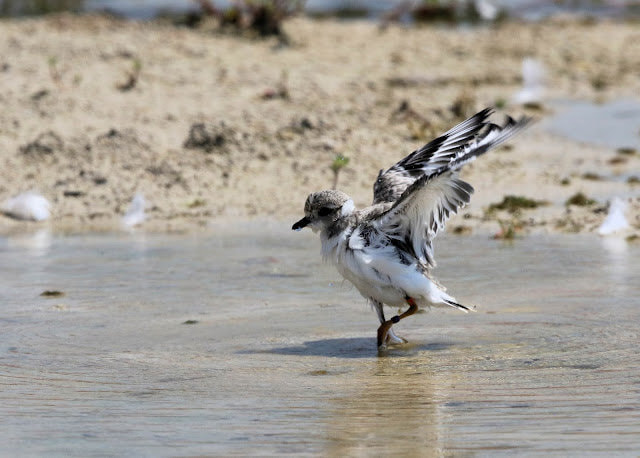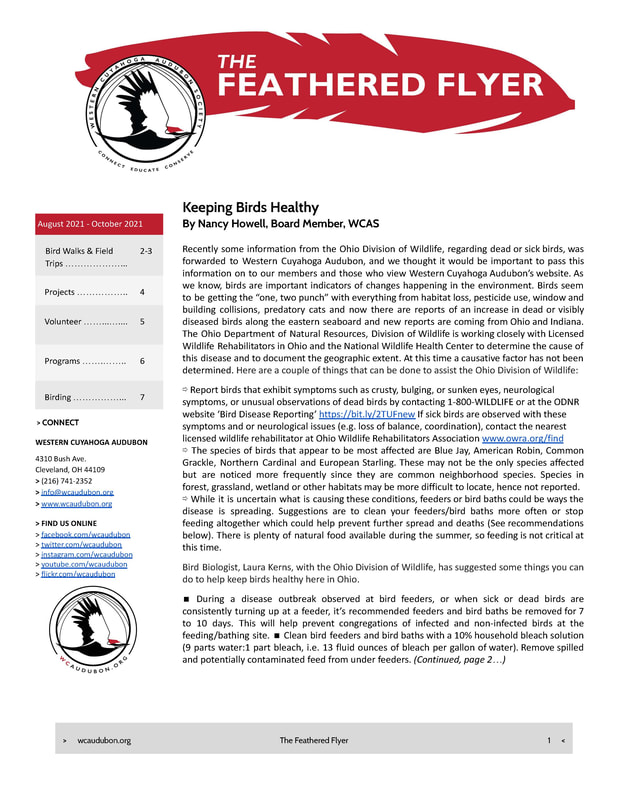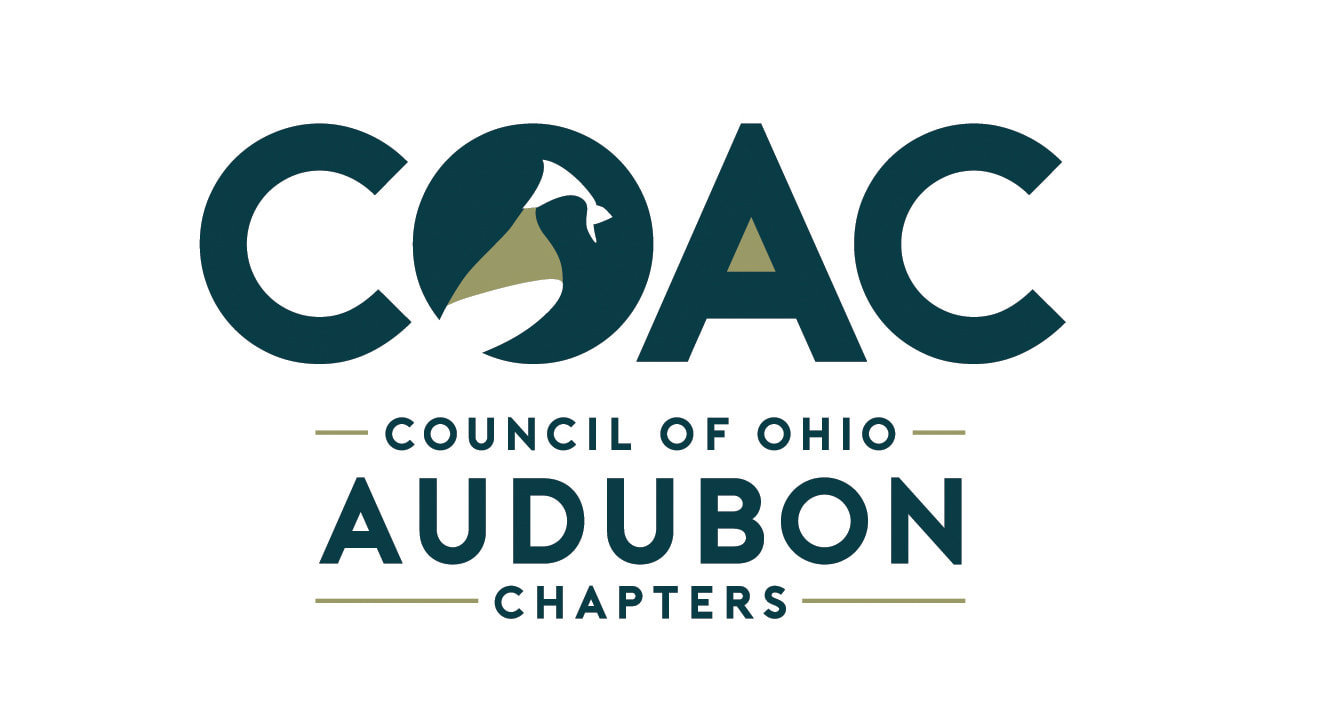On the morning of Thursday, July 15th, specially trained staff from the Great Lakes Piping Plover Conservation Team, under the direction of the U.S. Fish & Wildlife Service, came to Maumee Bay State Park to band the four 14-day old chicks. Assisted by Black Swamp Bird Observatory staff the banding process was completed efficiently in less than twenty minutes.
Four Piping Plover Chicks Are Now Banded!
By Tom Fishburn Here is an update on Ohio’s growing and thriving Piping Plover chicks. Nellie & Nish, Ohio’s first Piping Plover parents in 80 years, hatched their brood on July 1st after near four weeks of incubation. Although the chicks were soon able to walk around and feed themselves they still required the care of their parents. Along with providing protection from potential predators, the parents would take turns brooding the chicks to keep them warm. Naturally, over the next two weeks the chicks became more active as they grew. On the morning of Thursday, July 15th, specially trained staff from the Great Lakes Piping Plover Conservation Team, under the direction of the U.S. Fish & Wildlife Service, came to Maumee Bay State Park to band the four 14-day old chicks. Assisted by Black Swamp Bird Observatory staff the banding process was completed efficiently in less than twenty minutes. It took ten minutes to round-up and capture the chicks, and eight minutes more to band and release them. The process included weighing the chicks and were said to be above average. I and others suspect their “chunky” weight may be attributable to the abundant availability of midges and mayflies on the beach. Each bird received a USGS metal band, an orange band which all Great Lakes Piping Plovers get, and a violet band. The third band is called a “brood-marker combination” which every family gets. The violet color is the same as Nish’s band. The individual chicks are identified by different colored dots on the orange band. And the four were given names selected to honor the history of Indigenous people of Ohio.
I arrived in the afternoon and had the opportunity to photograph the plovers before and after my scheduled shift as a monitor. During my time there two of the chicks wandered around more than the others. I was only able to identify Kickapoo and Erie when those came closer. The others tended to stay further away from the permitted viewing areas. The mom Nellie was absent and from what I understand has only been seen infrequently. Aunt Bertie, Nellie’s sister, was present on the adjacent section of the beach in the evening. Although Nish would often chase her away, he did not do so during the couple hours I was there. Piping Plover chicks are expected to fledge at about 23 days. Another week or two after that, as they practice and improve their flight skills, they will soon start their journey south. Most of the Great Lakes population of Piping Plovers are spotted over the winter along South Carolina and Georgia coastal shores, and the west coast of Florida along the Gulf of Mexico. We will be anxiously waiting to hear whenever any of our Ohio family is spotted over the fall and winter months.
Great Lakes Piping Plover Team and Project Overview
By Stephanie Schubel Please see our website for details on the Great Lakes Piping Plover Team and Project. It lists all the agencies involved and great information about all the work the project does, like monitoring, banding, captive rearing, research, and education. Questions and Answers:
I hope this is helpful! Let me know if you need anything else. And remember please check out the website Great Lakes Piping Plover Team and Project! Thanks so much for all you do to help the Ohio Piping Plovers! Keep up the great work!
Make A Donation to Western Cuyahoga Audubon. Your gifts guarantee chapter activities, programs and research continues to reach members and connect birding conservationists around the world. Use our safe and secure PayPal payment button below to make a donation of any amount you choose. All donations are gratefully received.
Comments
|
Story BlogThe Feathered Flyer blog publishes human interest stories about birding and habitat conservation. After watching, ‘My Painted Trillium Quest' by Tom Fishburn, Kim Langley, WCAS Member said, “Wonderful! It was a lift just knowing that such a site exists and is being protected!”
Media LibrariesQuarterly NewsletterSTORIESPodcastsWCAS is a proud member of The Council of Ohio Audubon Chapters (COAC) and promotes chapter development by sharing the best practices, brainstorming solutions to common problems, and building relationships in workshops and retreats. Subscribe
VideosYouth
Advocacy
Clean Energy
Reporting
Awards
Volunteerism
Take ActionResourcesBlogsArchives
October 2023
Categories
All
|
EDUCATENews Blog
Monthly Speakers Field Reports Bird Walk Reports Christmas Bird Count-Lakewood Circle Media Library Newsletter Archive Education Resources STORE |
Western Cuyahoga Audubon Society
4310 Bush Avenue Cleveland, Ohio 44109 [email protected] Western Cuyahoga Audubon Society is a 501(c)(3) nonprofit organization. Your donation is tax-deductible. The tax ID number is: 34-1522665. If you prefer to mail your donation, please send your check to: Nancy Howell, Western Cuyahoga Audubon Treasurer, 19340 Fowles Rd, Middleburg Hts, OH 44130. © 2020 Western Cuyahoga Audubon Society. All rights reserved. Privacy Policy | Terms of Use | Legal | Store Shipping Rates | Site Map |










 RSS Feed
RSS Feed

